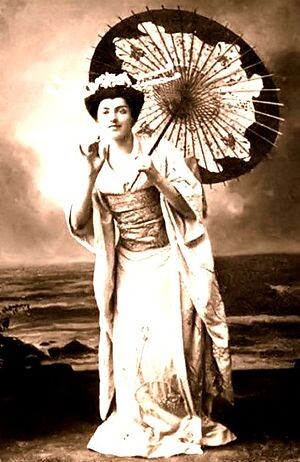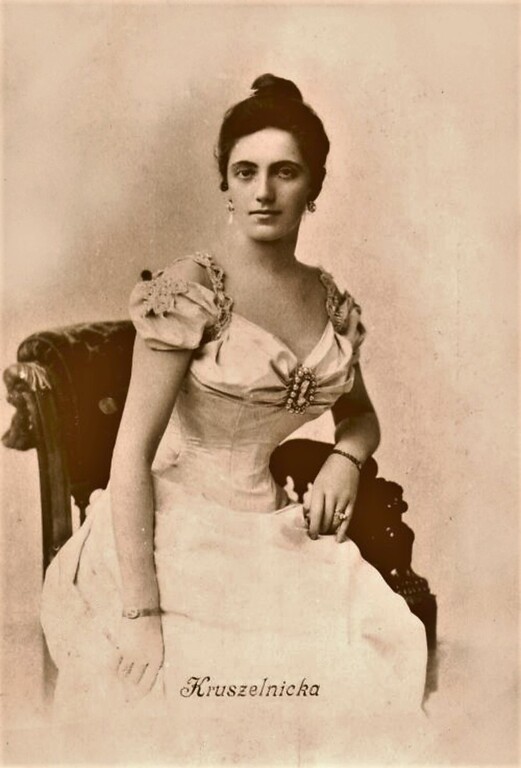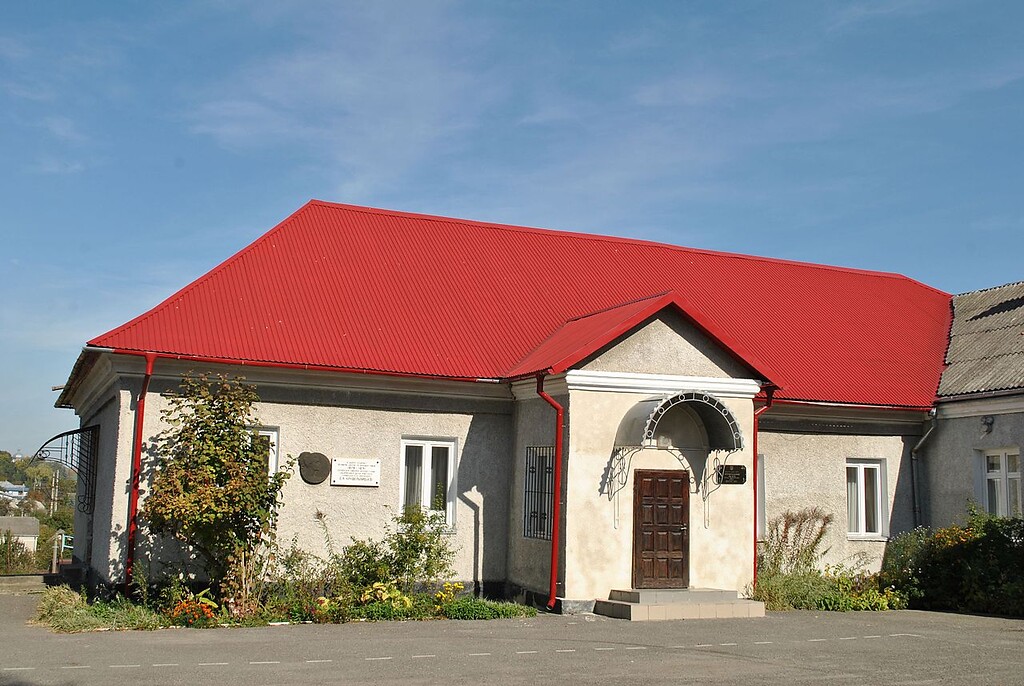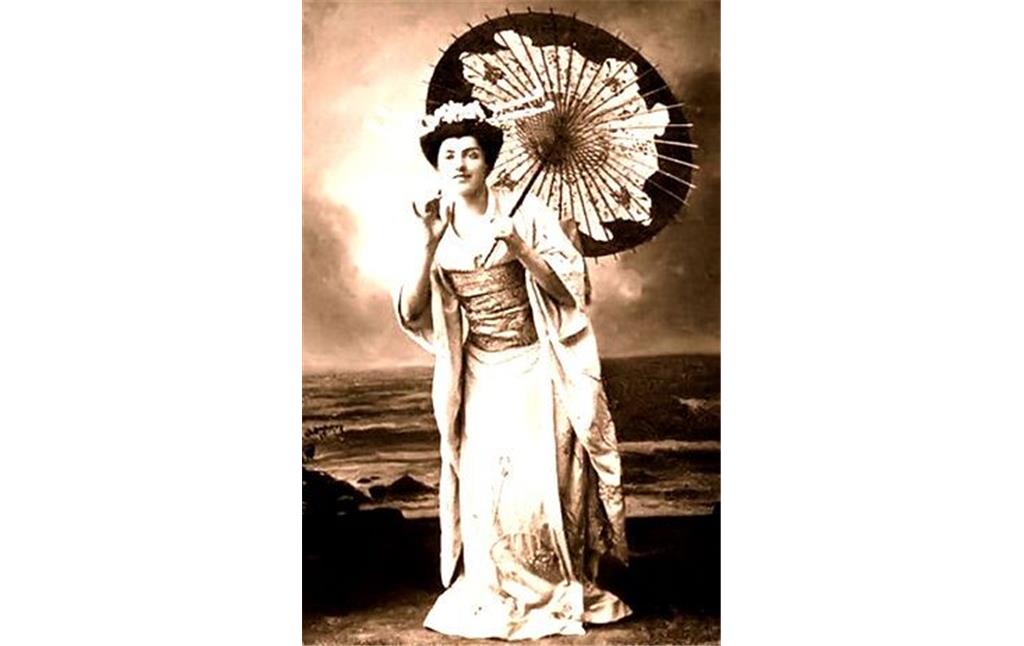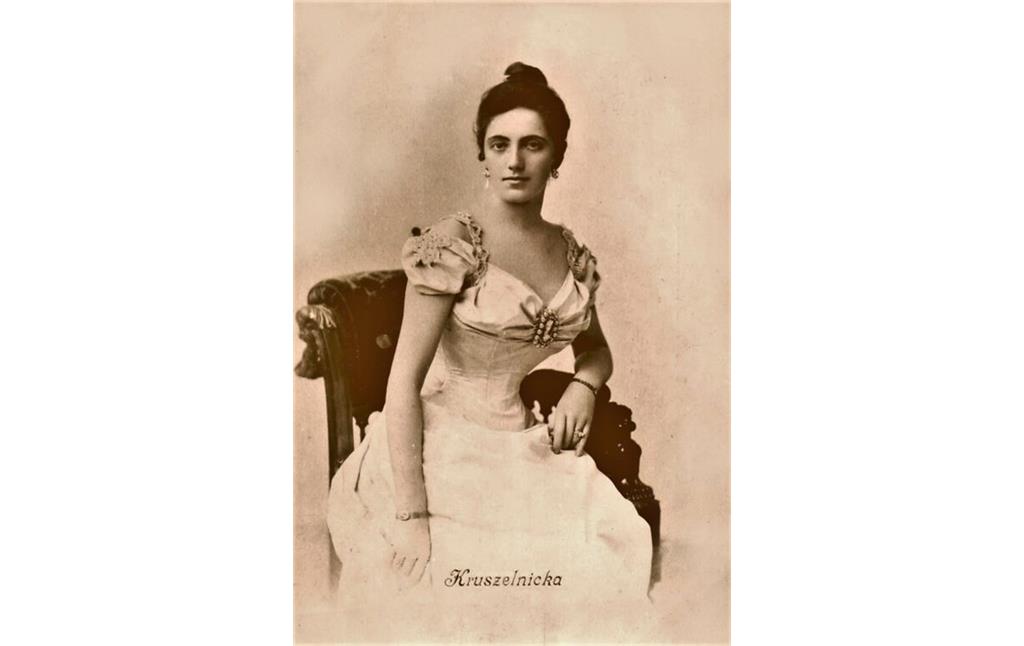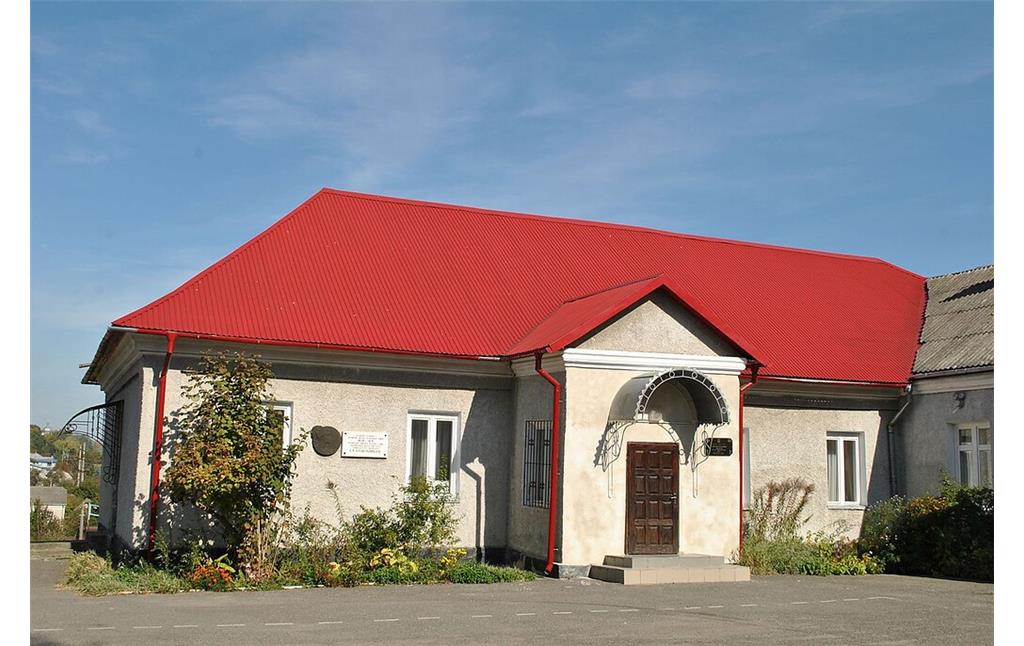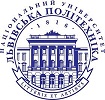
Solomiya Krushelnytska was born on September 23, 1872, in a village in the Ternopil region in the family of a Greek Catholic priest. The future singer's childhood took place in the neighboring village of Bila, where her entire large family soon moved: a father, mother, and eight children. Music came into Solomiya's life from early childhood, from her mother's lullabies.
As a young girl, she learned to play the piano, and from the age of 10, she performed in a choir organized by her father. Noticing their daughter's ardent desire for music, the parents borrowed money and sent her to study at the Lviv Conservatory. In 1893 Krushelnytska graduated with a medal from the Conservatory and successfully debuted on the stage of the Lviv Opera.
After becoming a soloist at the Opera House, Solomiya decided not to stop there and in the autumn of the same year she went to Milan to continue her musical education. With her voice and artistry, she immediately attracted the attention of teachers and earned the title of „the most talented and educated“ among all students of the Milan school of belcanto.
The following year she returned to Lviv and signed a contract with the Opera House. In the following years she sang in the world-famous operas „Faust“ by Charles Gounod (1818-1893), „Aida“ and „Troubadour“ by Giuseppe Verdi (1813-1901), „Manon Lescaut“ and „Madame Butterfly“ by Giacomo Puccini (1858-1924). , „Lohengrin“ and „Valkyrie“ by Richard Wagner (1813-1883). Went on a tour to Odessa, Krakow, Trieste, and Cremona. In 1897, she toured South America for five months. In the distant Chilean Santiago, a real triumph awaited her. According to Chilean custom, white doves were released in the theater as a sign of the highest honor and honor.
In the autumn of 1898, Solomiya Krushelnytska became the diva of the Warsaw Bolshoi Theater. But, having achieved world fame, she did not forget about her homeland. Almost every year she gave concerts in Lviv, Stanislav, Ternopil, Brzezany, Kolomyia, Stryi, Zbarazh, and Chernivtsi. She talked a lot with Ivan Franko (1856-1916), Mikhail Pavlyk (1853-1915), Nikolai Lysenko (1842-1912), Olga Kobylyanskaya (1863-1942), and Andrei Tchaikovsky (1840-1893). The outstanding composer Mykola Lysenko even dedicated three of his romances to her.
At the beginning of the 20th century, Solomiya Krushelnytska continued to tour actively - Paris, St. Petersburg, Buenos Aires, Brescia, Milan's „La Scala“. Journalists surpassed each other in compliments in her honor: „Unsurpassed even in detail“, „her power on stage is complete”,“flawless in everything, as in manners. and in diction, both in dramatic intonation and in musical verbosity„,“the highest nobility and remarkable talent„,“beauty of movements, dignity in behavior, confidence of intonation„, “voice dramatic in pronunciation, intonation and soft in sound, polished to the brilliance of fine art. Enrico Caruso (1873-1921) and Fedor Chaliapin (1873-1938) sang with her on the same stage. At the same time, world recognition has not changed its character.
Krushelnytska always included in her programs Ukrainian folk songs, which she loved immensely, as well as works by Ukrainian composers: Lysenko (1842-1912), Lyudkevych (1879-1979), Nyzhankovsky (1863-1919), Vakhnyanin (1841-1908), Sichynsky. 1865-1909).
In 1944, the world-famous singer became a teacher at the Lviv State Conservatory. Lysenko, and eight years later - a professor. In April 1947, the former Austrian and then Italian citizen applied to the Presidium of the Verkhovna Rada of the Ukrainian SSR for Soviet citizenship.
In recent years, Solomiya has lived and worked in her native land, passing on her rich experience and vast knowledge to young people. Despite her age, the singer performed solo concerts, the last of which took place when she was 77 years old. She died on November 16, 1952, and was buried in Lychakiv Cemetery near the grave of her friend Ivan Franko (1856-1916).
History of the museum
The museum was opened in 1963 in the former parish house (somewhere from 1860), where in 1878-1891 the childhood and youth of the famous Ukrainian opera singer Solomiya Krushelnytska (1872-1952) took place. She came here and stayed with her parents and family from 1892 to 1900. Opera and chamber singer Anna Krushelnytska (1887-1964), Solomiya's sister, was born and lived in the same house until 1902. Under the leadership of Ambrose Krushelnytsky (1841-1902), there was a school of conductors from 1884 to 1885.
The museum complex includes: the brick church of St. Nicholas (1625); three Cossack crosses placed around the house; the stone cross of „Freedom“ of 1848, and two religious figures, as well as a white marble tombstone on the grave of his parents in the village cemetery, brought by S. Krushelnytska.
The new three-room museum exposition was opened on May 18, 1986. The director of the regional museum of local lore V. Lavrenyuk (1933-2006) and the staff of the museum made a lot of efforts to update the museum and make a new exposition. Personal belongings and many valuable materials illuminate the creative path of Solomiya Krushelnytska.
The name of Solomiya Krushelnytska became the glory and national pride of Ukraine. The singer's repertoire included more than 60 parts of opera classics, in addition, she was an unsurpassed performer of Ukrainian folk songs. „The most beautiful and charming Butterfly“ - signed to the singer a portrait of the great Italian composer Giacomo Puccini in gratitude for the rescue after the previous high-profile failure at the famous La Scala Theater of his opera „Chio-Chio-San“.
Solomiya Krushelnytska is revered all over the world. Her work is part of the World Golden Cultural Foundation. The singer's voice was heard in Europe, South and North America, and Egypt. In the homeland of the singer, - the Ternopil region is loved and respected. And the jubilee year 2012, the year of the 140th anniversary of S. Krushelnytska's birth was declared the Year of Solomiya Krushelnytska in Ternopil.
Internet sources
www.dovidka.biz.ua: Solomiya Krushelnytska's biography is abbreviated
www.uain.press: The Golden Voice of Ukraine - Solomiya Krushelnytska
(Alina Peleshok, Lviv Polytechnic National University, 2022. This object was created during the Russo-Ukrainian War in April/May 2022)
